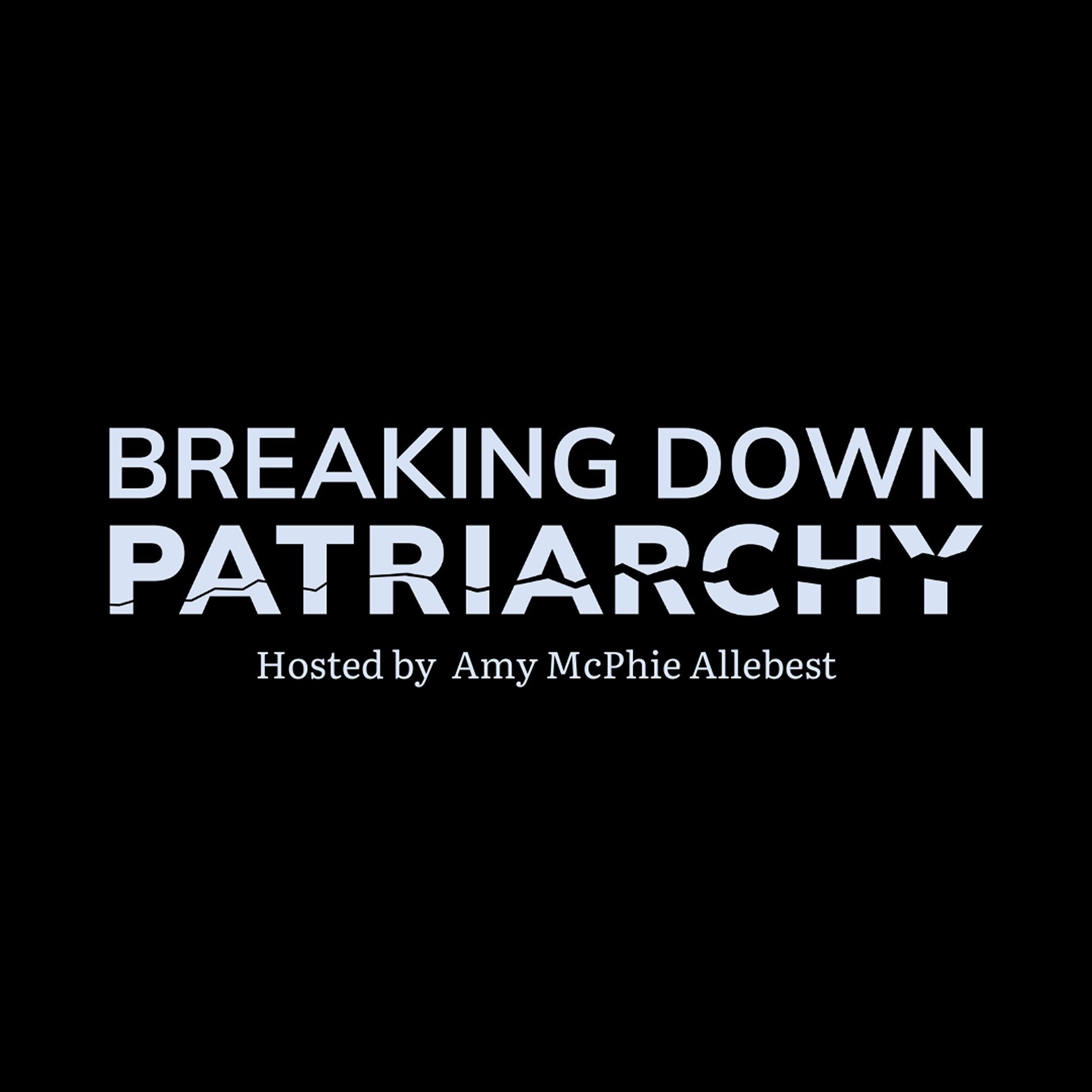Episode 63
The Moment of Lift: How Empowering Women Changes the World, by Melinda French Gates
Amy is joined by guest Sara Abbasi to discuss The Moment of Lift by Melinda French Gates. Topics include the delicacy of implementing change, honor killings, contraceptive access, and the transformative power of education.
Sara Abbasi is a philanthropist who has been committed to spreading access to education worldwide. Her charitable work on various boards is marked by a dedication to breaking down cultural barriers and enabling cross-cultural understanding. Sara is Founding Board member of Developments in Literacy (DIL), an international nonprofit organization working to advance literacy in remote areas of Pakistan. Sara currently serves on the Board of Directors of Stanford Healthcare, is a member of the Community Council at Stanford Health Care, and serves on the Director’s Advisory Board of the Cantor Center for Visual Arts at Stanford University. In 2003, Sara and her husband, Sohaib Abbasi, endowed the Sohaib and Sara Abbasi Program in Islamic Studies at Stanford University, a key forum for interdisciplinary research and teaching in Islamic Studies on the west coast. Sara holds a Bachelor of Arts degree in Business from Santa Clara University, and a Master of Liberal Arts degree from Stanford University.


